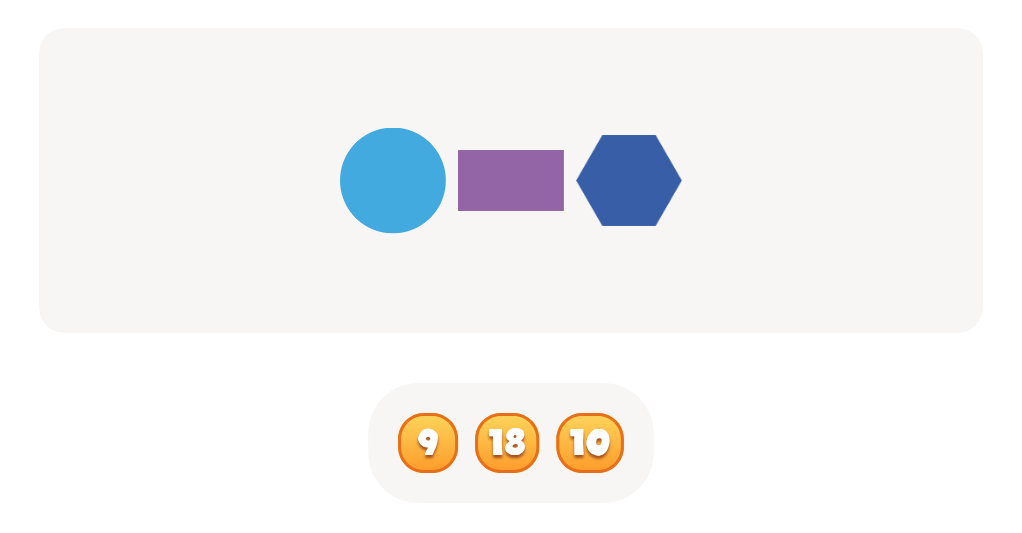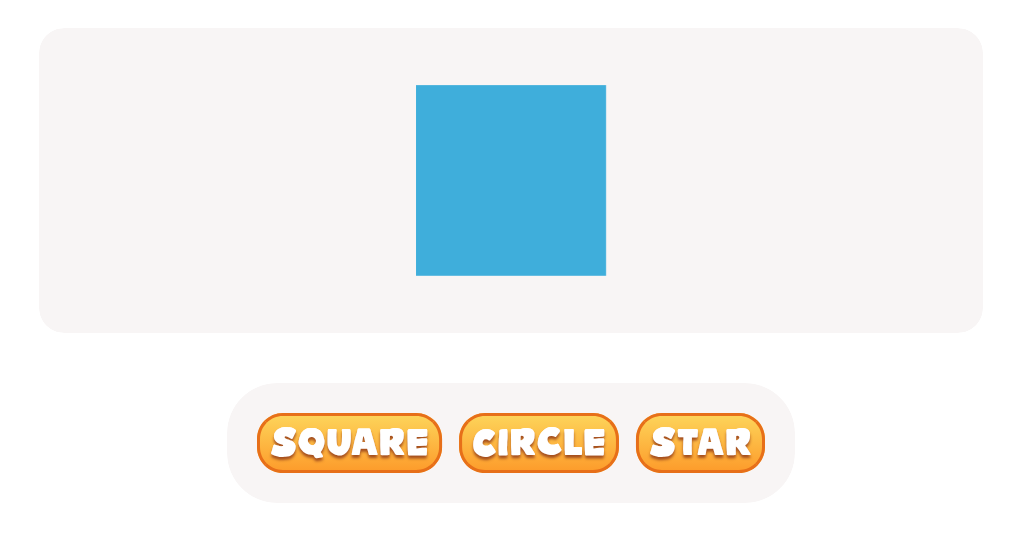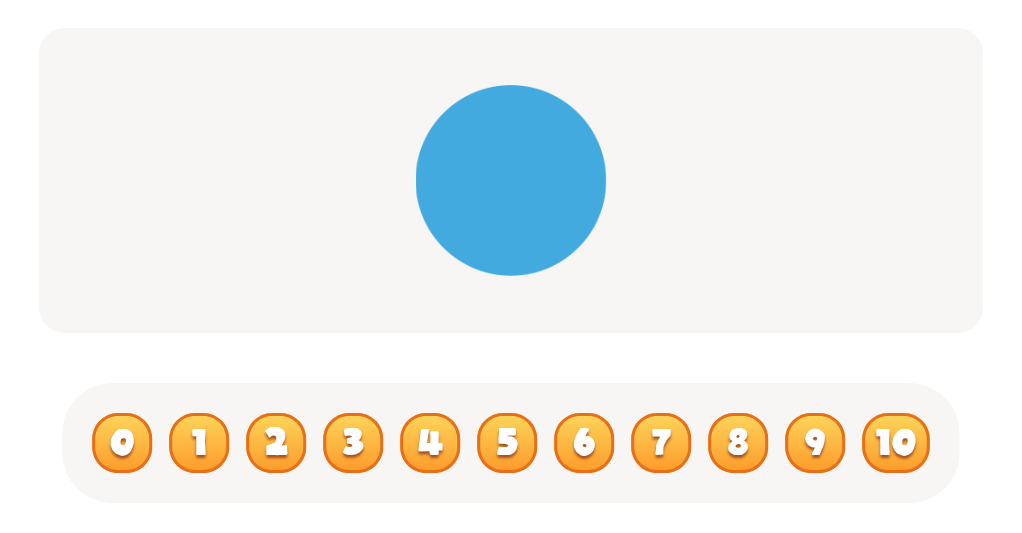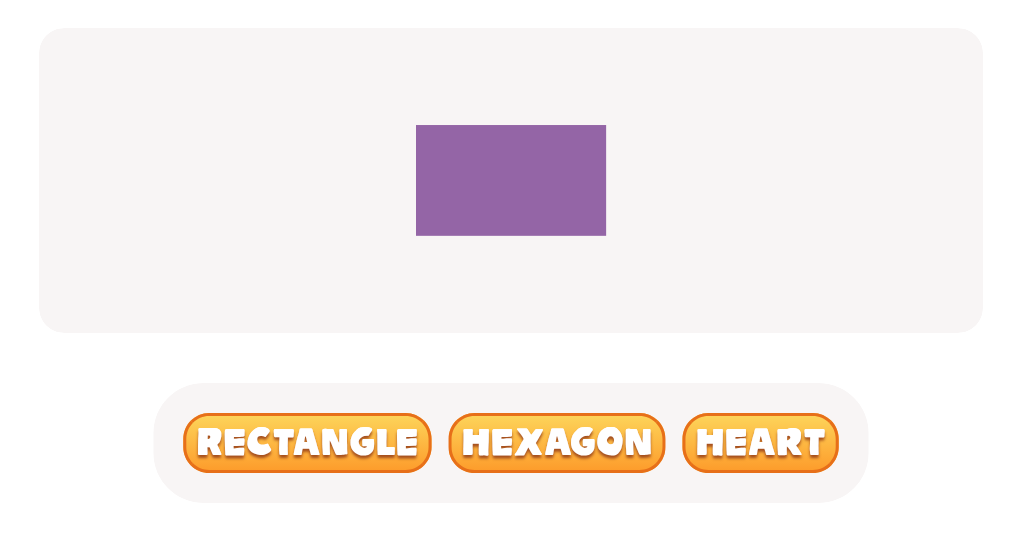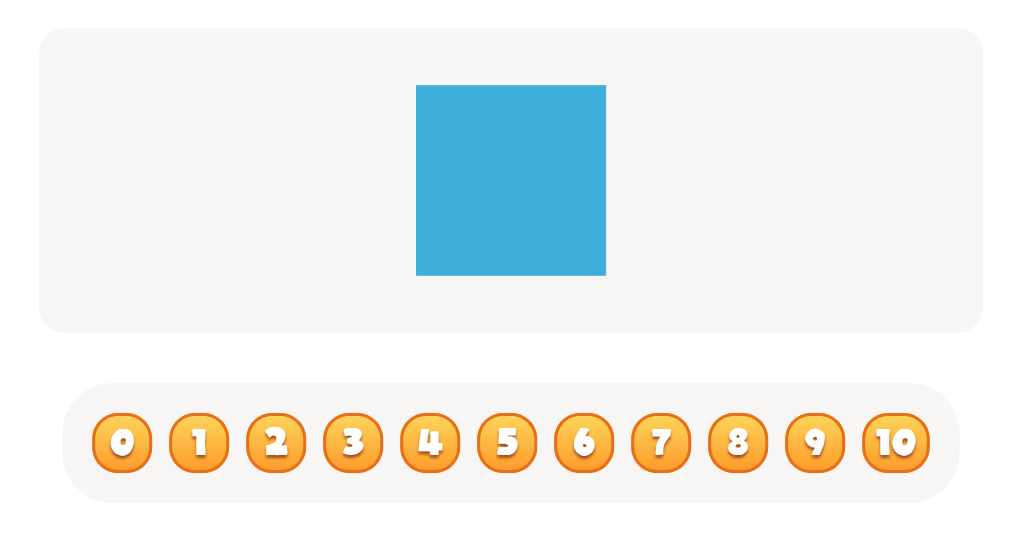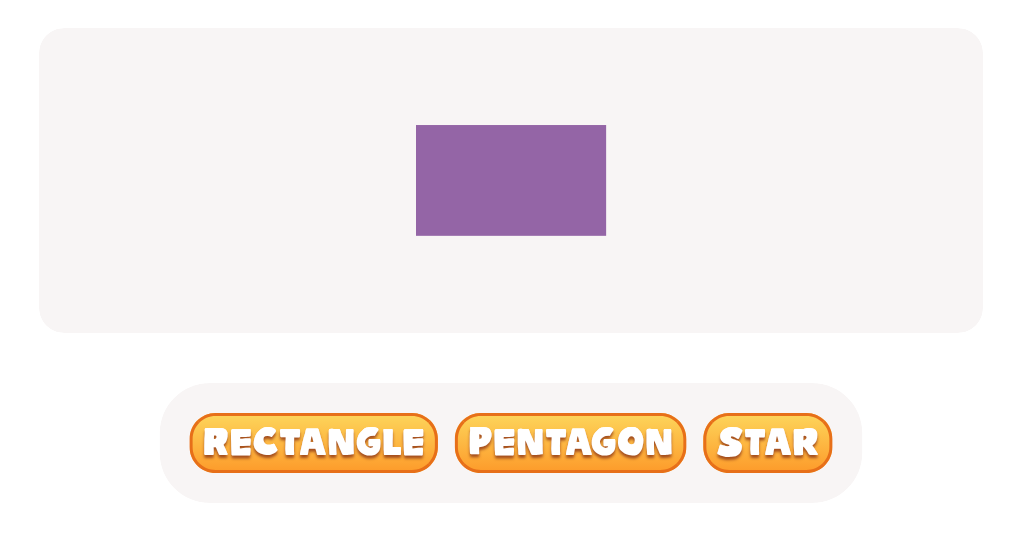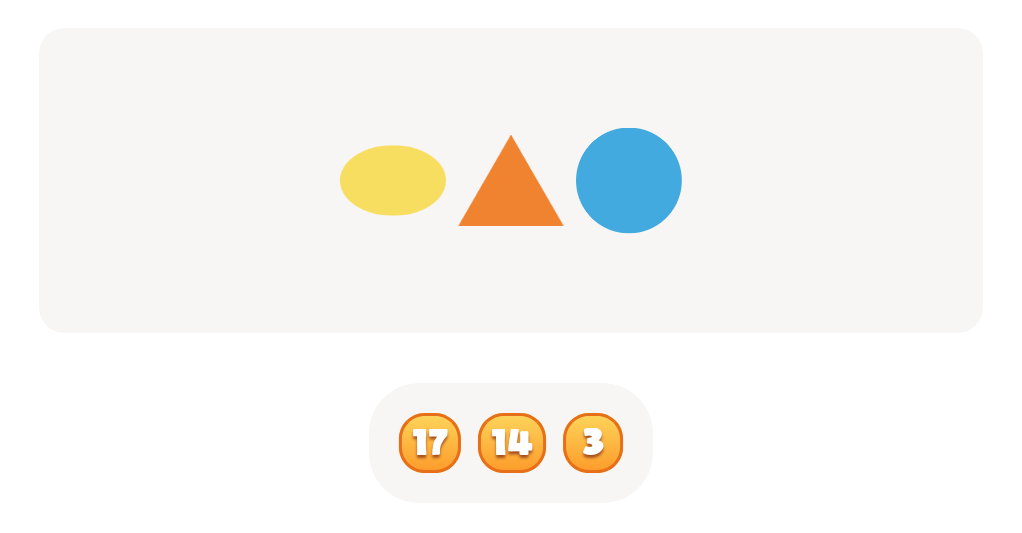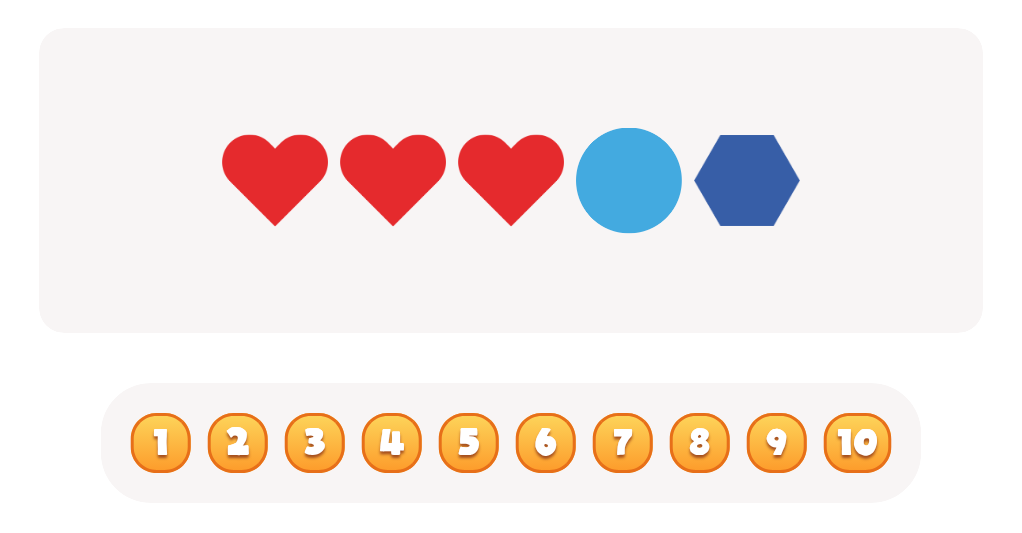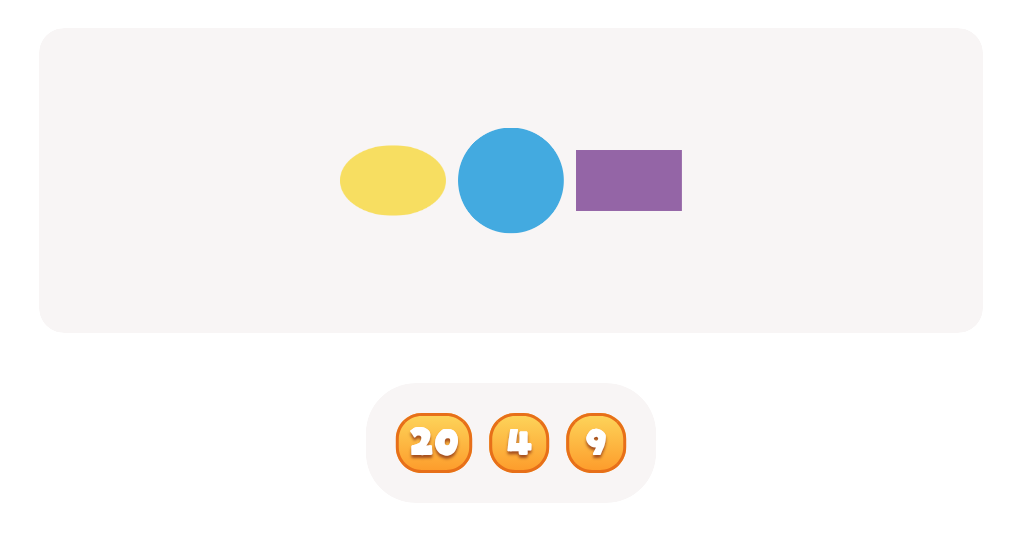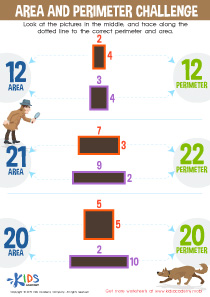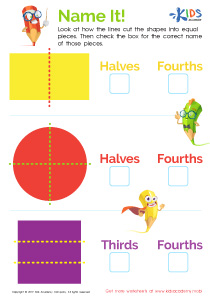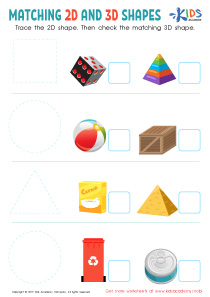Counting skills 2D Shapes Worksheets for Ages 5-7
6 filtered results
-
From - To
Enhance your child's counting skills with our engaging 2D Shapes Worksheets designed for ages 5-7! These fun, colorful worksheets integrate the exploration of various two-dimensional shapes with essential counting exercises. Perfect for boosting math and spatial reasoning abilities, our activities encourage hands-on learning through recognition and enumeration of shapes such as circles, squares, and triangles. Each worksheet is thoughtfully crafted to spark interest, making math enjoyable for young learners. Foster confidence and competence in math while helping your child lay a strong foundation for future skills. Explore our collection now to support your child's educational journey!


Geometry – Assessment 1 Worksheet
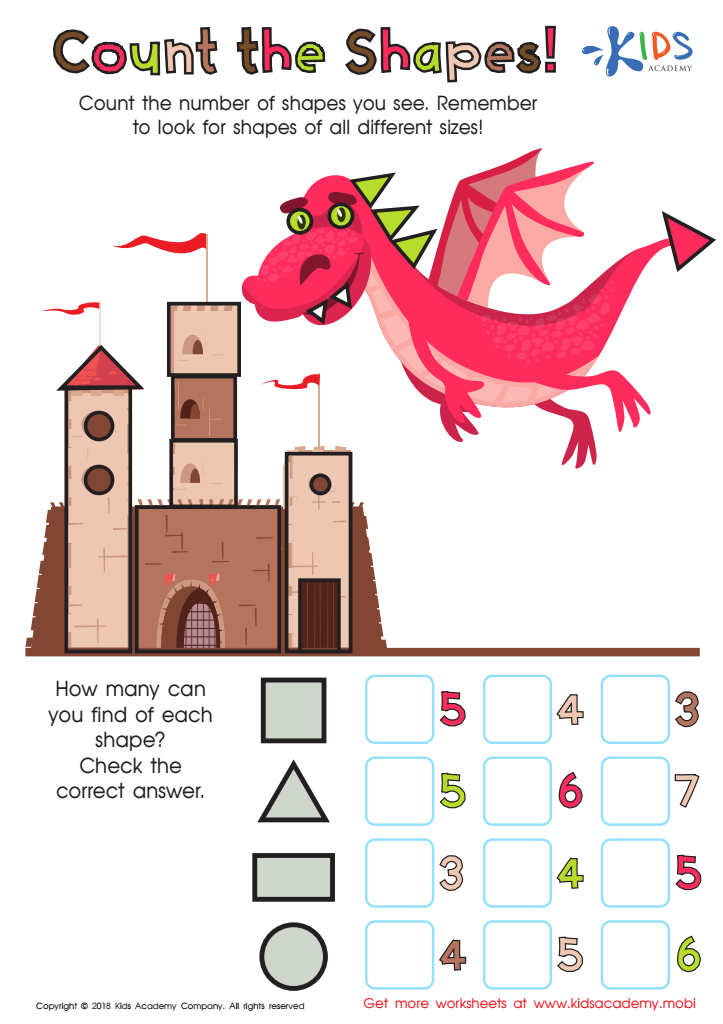

Count the Shapes Worksheet
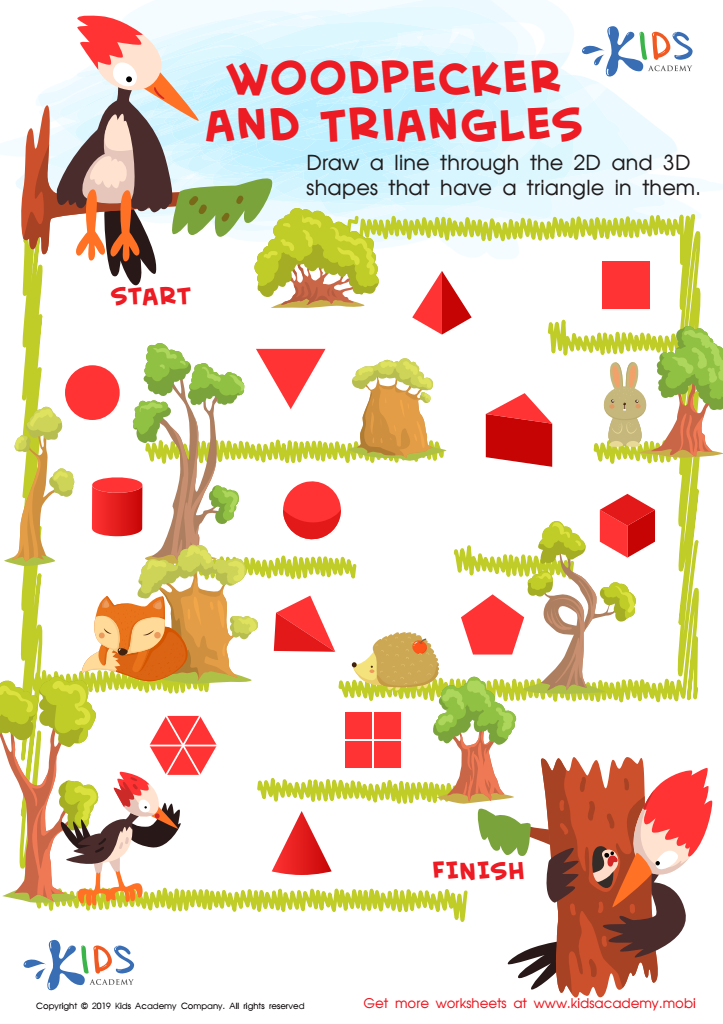

Woodpecker and Triangles Worksheet


Using Squares to Make Rectangles Worksheet
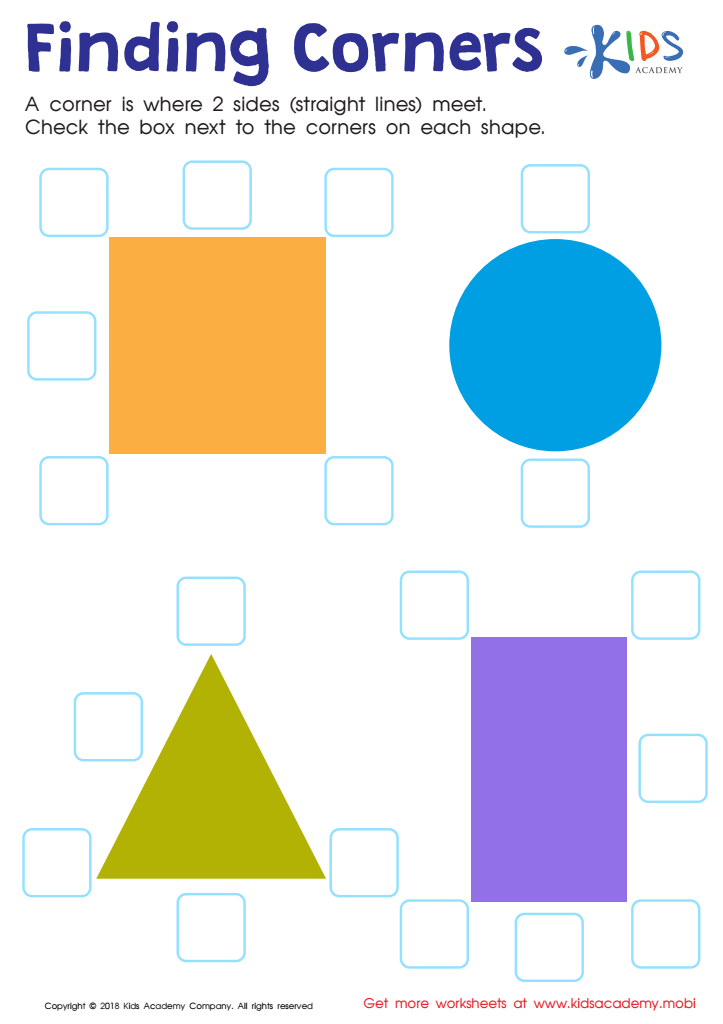

Finding Corners Worksheet


Gingerbread Man Geometry Maze Worksheet
Counting skills and understanding 2D shapes are fundamental building blocks for early learners aged 5-7. These skills are not just part of math but are crucial for cognitive development. Mastering counting helps children develop number sense, which in turn is essential for problem-solving, critical thinking, and succeeding in more advanced mathematical concepts in later years. Additionally, counting lays the groundwork for comparing quantities, understanding patterns, and basic operations like addition and subtraction.
Understanding 2D shapes, such as circles, squares, triangles, and rectangles, helps children recognize and describe the world around them. It enhances their spatial awareness and ability to visualize relationships in their environment, which is important for subjects like art, science, and geography. This geometric knowledge fosters critical thinking as children learn to identify, compare, and categorize shapes, supporting logical reasoning skills.
Teachers and parents should prioritize these skills because they cultivate a strong mathematical foundation and prepare children for future learning. Engaging young learners in interactive counting games and shape recognition activities not only boosts their confidence but also ignites a lifelong love for math and shapes, skills that are vital in a technology-driven world.
 Assign to My Students
Assign to My Students
